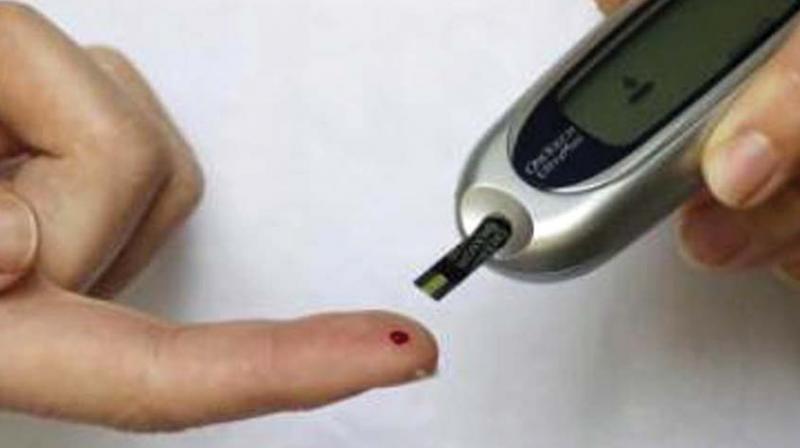Diabetes: Cataract catching Bengalureans young

Bengaluru: Cataract has been observed to be the leading cause of vision impairment across the country, and the rise in cases of younger people falling prey to the ailment is worrying health experts.
If left untreated cataracts lead to blurring and dimming of vision, as the lens of the eye becomes clouded.
India has among the world's highest proportion of blind people, numbering nearly 12 million, out of a global total of 39 million. While another 23 million suffer from cataract.
“The most common one is the age related or senile cataract, which affects people above 50 years of age. There is an increased association of cataract with exposure to ultraviolet light. Continuous and constant exposure to ultraviolet light rays increases the chances of early cataract,” said Dr Ravi D., Medical Director, Dr Agarwal’s Eye Hospital.
Dr Sridhar Prasad from Alcon India stated that Indians are at a greater risk of developing cataracts at a comparatively younger age than other countries. On an average, an Indian will develop cataracts almost at 14 years, he added.
Check your eyes regularly
Diabetes, which has been a major concern of Bengalureans, also adversely affects every tissue of the human eye and accelerates cataract formation.
Dr Ravi also said that at Dr Agarwal's Eye Hospital they have come across 15 -20 patients with diabetes having early cataract. “While cataract is common among patients above 50 years of age, diabetics are expected to develop it a little earlier due to metabolic disturbance associated with long standing diabetes or uncontrolled diabetes.”
Dr Shalini Shetty, Opthomologist and Eye Surgeon, Apollo Hospitals said, “The longer a patient is diabetic the more likely he will develop cataract. It is vital to keep a check on your eyes regularly every six months to see for any changes.”
Experts point out that the present day lifestyle was a major reason for alarming rise in diabetes and other lifestyle diseases across the city. With diabetes being related to cataracts, they felt the problem needs to be addressed on a priority basis.
Dr Chetana T. Nayak, consultant ophthalmologist and glaucoma specialist, BGS Gleneagles Global Hospitals, stressed that with increasing instances of diabetes in the global population there has been a corresponding rise in associated complications such as cataracts.
“As with most complications of diabetes, maintaining good control of your blood sugar levels will help to reduce cataract risk,“ she added.
According to World Health Organisation (WHO), around 253 million people worldwide live with visual impairment, while 36 million are affected by blindness.
The majority of cataract-afflicted Indians belong to the economically weaker sections of the society. With many not able to afford treatment, blindness is widespread in the country.
The Ministry of Health has approved a Rs 756-crore programme to enhance budgetary allocation towards National Programme for Control of Blindness (NPCB). Not only that, Rashtriya Swasthya Bima Yojna (RSBY) also allows BPL (Below Poverty Line) holders to have access to such eye surgeries in the hospitals empanelled under the scheme.
Bengaluru Rural has nine private and 11 public hospitals that are empanelled, while Bengaluru Urban has 38 private and 51 public empanelled hospitals.
Om Prakash Patil, in-charge joint director Opthalmology said, “RSBY will provide Rs 2,000 per case for the NGOs who have tied up with the government for cataract surgeries. PHCs usually screen the eyes of the people aged above 60. Awareness programme is also being conducted at district level.”

